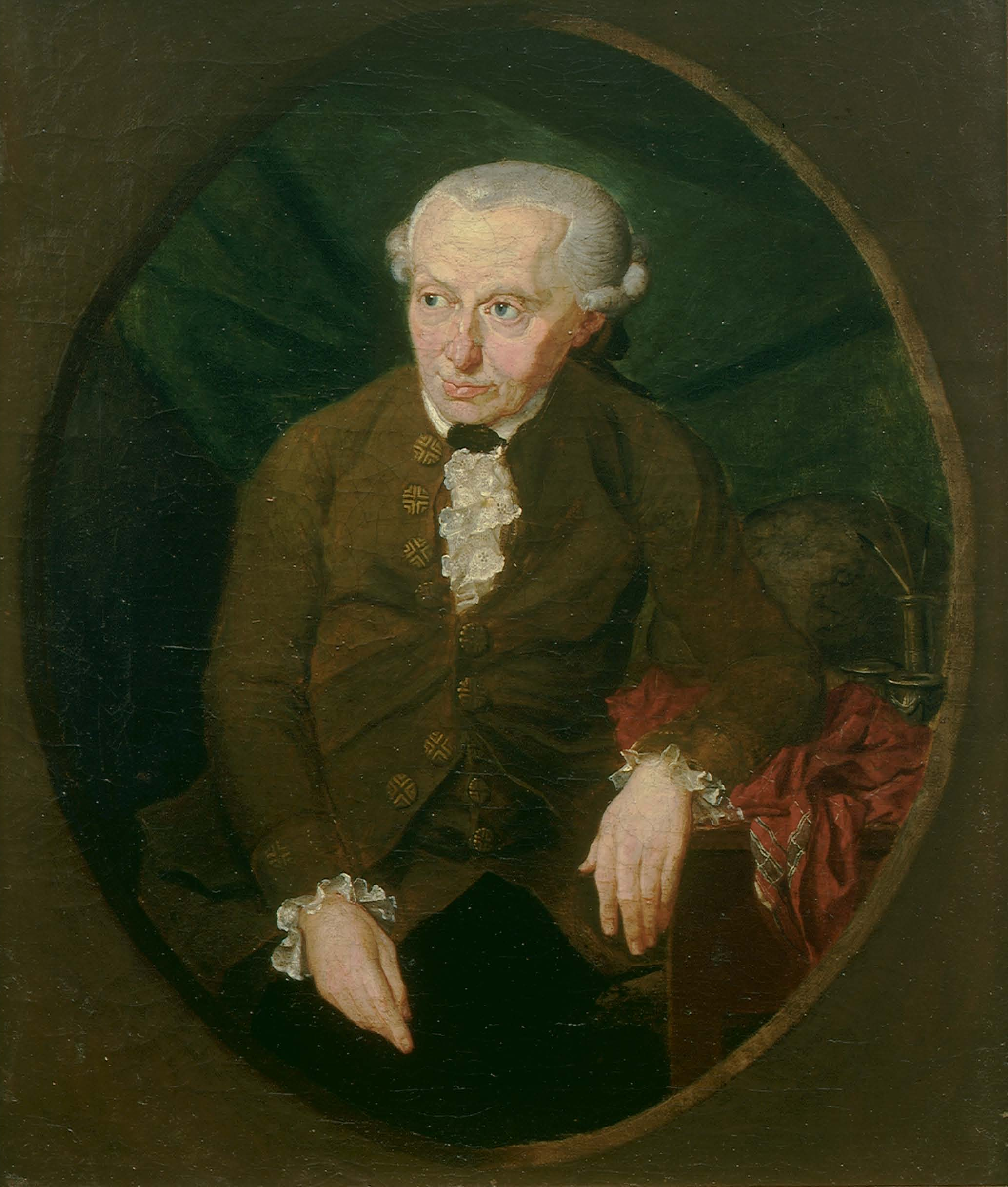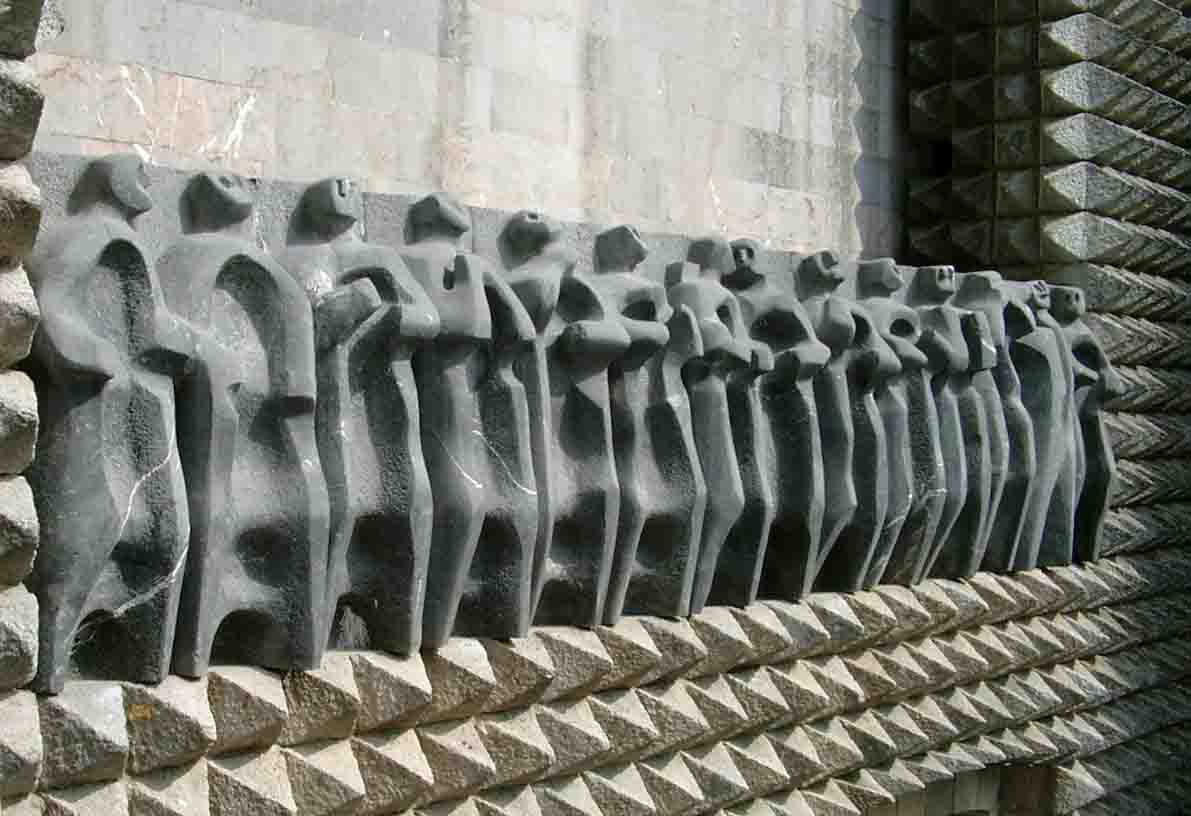|
Andrés Ortiz-Osés
Andrés Ortiz-Osés (1943 – 18 June 2021) was a Spanish philosopher. He was the founder of symbolic hermeneutics, a philosophical trend that gave a symbolic twist to north European hermeneutics. He was born in Tardienta, studied theology in Comillas and Rome, and then moved to The Institute of Philosophy in Innsbruck where he earned a Ph.D. in hermeneutics. At Innsbruck he attended the lessons of Gadamer and Coreth. He was a member of the Eranos group, inspired by C.G. Jung. Other members of Eranos have included Joseph Campbell, Karl Kerenyi, Mircea Eliade, Erich Neumann, Gilbert Durand, and James Hillman. He was largely responsible for introducing Jungian theories into the Spanish and Latin American intellectual scene. He became a professor of hermeneutics at the University of Deusto in Bilbao. He wrote more than thirty books. He died in Zaragoza on 18 June 2021 at the age of 78. [...More Info...] [...Related Items...] OR: [Wikipedia] [Google] [Baidu] |
James Hillman
James Hillman (April 12, 1926 – October 27, 2011) was an American psychologist. He studied at, and then guided studies for, the C.G. Jung Institute in Zürich. He founded a movement toward archetypal psychology and retired into private practice, writing and traveling to lecture, until his death at his home in Connecticut. Early life and education Hillman was born in Atlantic City, New Jersey in 1926. He was the third child of four born to Madeleine and Julian Hillman. James was born in Breakers Hotel, one of the hotels his father owned. His maternal grandfather was Joseph Krauskopf, a rabbi in the Reform Judaism movement, who emigrated to the United States from Prussia. After high school, he studied at the Edmund A. Walsh School of Foreign Service for two years. He served in the U.S. Navy Hospital Corps from 1944 to 1946, after which he attended the University of Paris, studying English Literature, and Trinity College, Dublin, graduating with a degree in mental and moral s ... [...More Info...] [...Related Items...] OR: [Wikipedia] [Google] [Baidu] |
Metaphysics
Metaphysics is the branch of philosophy that examines the basic structure of reality. It is traditionally seen as the study of mind-independent features of the world, but some theorists view it as an inquiry into the conceptual framework of human understanding. Some philosophers, including Aristotle, designate metaphysics as first philosophy to suggest that it is more fundamental than other forms of philosophical inquiry. Metaphysics encompasses a wide range of general and abstract topics. It investigates the nature of existence, the features all entities have in common, and their division into categories of being. An influential division is between particulars and universals. Particulars are individual unique entities, like a specific apple. Universals are general features that different particulars have in common, like the color . Modal metaphysics examines what it means for something to be possible or necessary. Metaphysicians also explore the concepts of space, time, ... [...More Info...] [...Related Items...] OR: [Wikipedia] [Google] [Baidu] |
Basque Mythology
The mythology of the ancient Basques largely did not survive the arrival of Christianity in the Basque Country between the 4th and 12th century AD. Most of what is known about elements of this original belief system is based on the analysis of legends, the study of place names and scant historical references to pagan rituals practised by the Basques. One main figure of this belief system was the female deity Mari. According to legends collected in the area of Ataun, the other main figure was her consort Sugaar. However, due to the scarcity of the material, it is difficult to say if this would have been the "central pair" of the Basque pantheon. Based on the attributes ascribed to these mythological creatures, this would be considered a chthonic religion as all its characters dwell on earth or below it, with the sky seen mostly as an empty corridor through which the divinities pass. Historical sources The main sources for information about non-Christian Basque beliefs ar ... [...More Info...] [...Related Items...] OR: [Wikipedia] [Google] [Baidu] |
Mythological
Myth is a genre of folklore consisting primarily of narratives that play a fundamental role in a society. For scholars, this is very different from the vernacular usage of the term "myth" that refers to a belief that is not true. Instead, the veracity of a myth is not a defining criterion. Myths are often endorsed by religious (when they are closely linked to religion or spirituality) and secular authorities. Many societies group their myths, legends, and history together, considering myths and legends to be factual accounts of their remote past. In particular, creation myths take place in a primordial age when the world had not achieved its later form. Origin myths explain how a society's customs, institutions, and taboos were established and sanctified. National myths are narratives about a nation's past that symbolize the nation's values. There is a complex relationship between recital of myths and the enactment of rituals. Etymology The word "myth" comes from Ancient ... [...More Info...] [...Related Items...] OR: [Wikipedia] [Google] [Baidu] |
Hermeneutical
Hermeneutics () is the theory and methodology of interpretation, especially the interpretation of biblical texts, wisdom literature, and philosophical texts. As necessary, hermeneutics may include the art of understanding and communication. Modern hermeneutics includes both verbal and non-verbal communication,''The Routledge Companion to Philosophy in Organization Studies'', Routledge, 2015p. 113Joann McNamara, ''From Dance to Text and Back to Dance: A Hermeneutics of Dance Interpretive Discourse'', PhD thesis, Texas Woman's University, 1994. as well as semiotics, presuppositions, and pre-understandings. Hermeneutics has been broadly applied in the humanities, especially in law, history and theology. Hermeneutics was initially applied to the interpretation, or exegesis, of scripture, and has been later broadened to questions of general interpretation. p. 2 The terms ''hermeneutics'' and ''exegesis'' are sometimes used interchangeably. Hermeneutics is a wider discipline which ... [...More Info...] [...Related Items...] OR: [Wikipedia] [Google] [Baidu] |
Jorge Oteiza
Jorge Oteiza (October 21, 1908 – April 9, 2003), was a Basques, Basque Spain, Spanish sculpture, sculptor, painting, painter, designer and writing, writer from the Basque Country (greater region), Basque Country, renowned for being one of the main theorists on Basque modern art. Oteiza was born in Orio, Spain, Orio (Gipuzkoa, Basque Country (autonomous community), Basque Autonomous Community, Spain). He moved to South America in 1935, just before the Spanish Civil War, and stayed there for 14 years. In 1963 he published ''Quosque tandem!'', an essay about the aesthetics inherent to Basque soul, based on pre-historic art, prehistoric art found in Basque regions and Basque people's anthropological roots. Three years on, he contributed to found the Gaur (artistic group), artistic group Gaur. He died in San Sebastián, Gipuzkoa, in 2003. Following his will, a month after his death a museum dedicated to his career was opened in Alzuza, Altzuza, Navarre, in the place where he had l ... [...More Info...] [...Related Items...] OR: [Wikipedia] [Google] [Baidu] |
Ernest Bornemann
Ernst Wilhelm Julius Bornemann (12 April 1915 – 4 June 1995), also known by his self-chosen anglicisation Ernest Borneman, was a German crime writer, filmmaker, anthropologist, ethnomusicologist, psychoanalyst, sexologist, communist agitator, jazz musician and critic. Bibliography Novels *'' The Face on the Cutting-Room Floor'' (1937) (as Cameron McCabe); London : Picador Classic, 2016 (with an introduction by Jonathan Coe), *''Tremolo'' (1938) *''Face the Music'' (1954) *'' Tomorrow Is Now'' (1959) *'' The Compromisers'' (1961) *''The Man Who Loved Women'' (aka '' Landscape with Nudes'') (1968) Screenplays *'' Face The Music'' (1954), aka ''The Black Glove'' in the U.S.A. *'' Bang, You're Dead'' (1954), co-written with Guy Elmes, aka ''Game Of Danger'' Jazz writings *"Swing Music. An Encyclopaedia of Jazz" (unpublished typescript, 580pp., 1940) *''A Critic Looks at Jazz'' (1946; collected criticism from his column in the jazz periodical '' The Record Changer'', "An Ant ... [...More Info...] [...Related Items...] OR: [Wikipedia] [Google] [Baidu] |
Paul Ricoeur
Paul may refer to: People * Paul (given name), a given name, including a list of people * Paul (surname), a list of people * Paul the Apostle, an apostle who wrote many of the books of the New Testament * Ray Hildebrand, half of the singing duo Paul & Paula * Paul Stookey, one-third of the folk music trio Peter, Paul and Mary * Billy Paul, stage name of American soul singer Paul Williams (1934–2016) * Vinnie Paul, drummer for American Metal band Pantera * Paul Avril, pseudonym of Édouard-Henri Avril (1849–1928), French painter and commercial artist * Paul, pen name under which Walter Scott wrote ''Paul's letters to his Kinsfolk'' in 1816 * Jean Paul, pen name of Johann Paul Friedrich Richter (1763–1825), German Romantic writer Places * Paul, Cornwall, a village in the civil parish of Penzance, United Kingdom *Paul (civil parish), Cornwall, United Kingdom * Paul, Alabama, United States, an unincorporated community *Paul, Idaho, United States, a city *Paul, Nebraska, United ... [...More Info...] [...Related Items...] OR: [Wikipedia] [Google] [Baidu] |
Raimon Panikkar
Raimon Panikkar Alemany, also known as Raimundo Panikkar and Raymond Panikkar (November 2, 1918 – August 26, 2010), was a Spanish Roman Catholic priest and a proponent of interfaith dialogue. As a scholar, he specialized in comparative religion. Early life and education Raimon Panikkar was born to a Spanish Roman Catholic mother and a Hindu Indian father in Barcelona. His mother was well-educated and from the Catalan bourgeoisie. His father, Ramunni Panikkar, belonged to a Malabar Nair family from South India. Panikkar's father was a freedom fighter during British colonial rule in India, who later escaped from Britain and married into a Catalan family. Panikkar's father studied in England and was the representative of a German chemical company in Barcelona. Educated at a Jesuit school, Panikkar studied chemistry and philosophy at the universities of Barcelona, Bonn and Madrid, and Catholic theology in Madrid and Rome. He earned a doctorate in philosophy at the Universi ... [...More Info...] [...Related Items...] OR: [Wikipedia] [Google] [Baidu] |
Gianni Vattimo
Gianteresio Vattimo (; 4 January 1936 – 19 September 2023) was an Italian philosopher and politician. Biography Gianteresio Vattimo was born in Turin, Piedmont. He studied philosophy under the existentialist Luigi Pareyson at the University of Turin, and graduated with a laurea in 1959. In 1963 he moved to the University of Heidelberg and studied with Karl Löwith, Jürgen Habermas and Hans-Georg Gadamer with a scholarship from the Alexander von Humboldt Foundation. Then, Vattimo returned to Turin where he became assistant professor in 1964, and later full professor of Aesthetics in 1969. While remaining at Turin, becoming Professor of Theoretical Philosophy in 1982, he had been a visiting professor at a number of American Universities. For his works, he received honorary degrees from the universities of La Plata, Palermo, Madrid, Havana, and San Marcos of Lima. Vattimo said he was exempted from military service. After being active in the Radical Party, the short-live ... [...More Info...] [...Related Items...] OR: [Wikipedia] [Google] [Baidu] |
Zaragoza
Zaragoza (), traditionally known in English as Saragossa ( ), is the capital city of the province of Zaragoza and of the autonomous communities of Spain, autonomous community of Aragon, Spain. It lies by the Ebro river and its tributaries, the Huerva and the Gállego (river), Gállego, roughly in the centre of both Aragon and the Ebro basin. On 1 January 2021, the population of the municipality of Zaragoza was 675,301, (as of 2023, the Ranked lists of Spanish municipalities#By population, fourth or fifth most populous in Spain) on a land area of . It is the list of cities in the European Union by population within city limits, 26th most populous municipality in the European Union. The population of the metropolitan area was estimated in 2006 at 783,763 inhabitants. The municipalities of Spain, municipality is home to more than 50 percent of the Aragonese population. The city lies at an elevation of about height above mean sea level, above sea level. Zaragoza hosted Expo 2008 ... [...More Info...] [...Related Items...] OR: [Wikipedia] [Google] [Baidu] |




